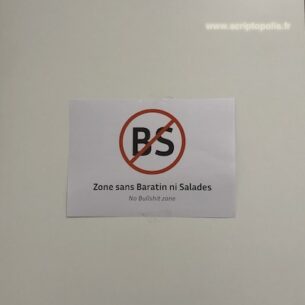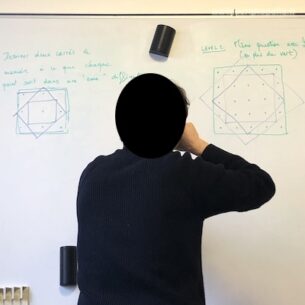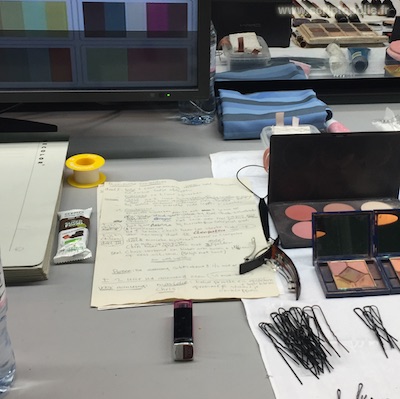Backstage
Have you noticed the number of events on backstage? Exhibitions on the restoration of the collections here, the maintenance of contemporary works there, technicians and decorative materials visible on stage, transparent walls showing the offices of the administration, or artists warming up, costuming and, obviously, undressing themselves on stage. The proliferation is such that one would be inclined to believe that the heavy activity reports, audience studies and financial reports would not have been enough to give substance to the good old Transparency. As if it were necessary to repopulate it and thus take up, head-on, the question of public access.
Here is an example of how to arouse the curiosity of Scriptopolis. In the Roman Tragedies, the public is encouraged to walk around the Chaillot stage, to take a seat in the large sofas arranged on the stage to see the play in the middle. When hunger comes, we can eat on the stage right, in front of the actors, a snack. In the stage left, costumers and make-up artists site on a long table, in front of which the actors regularly come and go. The studio is made observable: the blushes, powders, hair slides and hairsprays needed for incarnation are waiting to be seen (and perhaps touched). Between the voluminous script and these modelling instruments of Volumnia, Cleopatra and Brutus, a make-up artist described, scene by scene, the making of faces. Is it a checklist, or a coordination tool for the team? Or is it a way to take us a step further in terms of transparency, by exposing the character coding to the public? The display introduces doubt and made this contemporary and fetishised form of transparency even more present.







